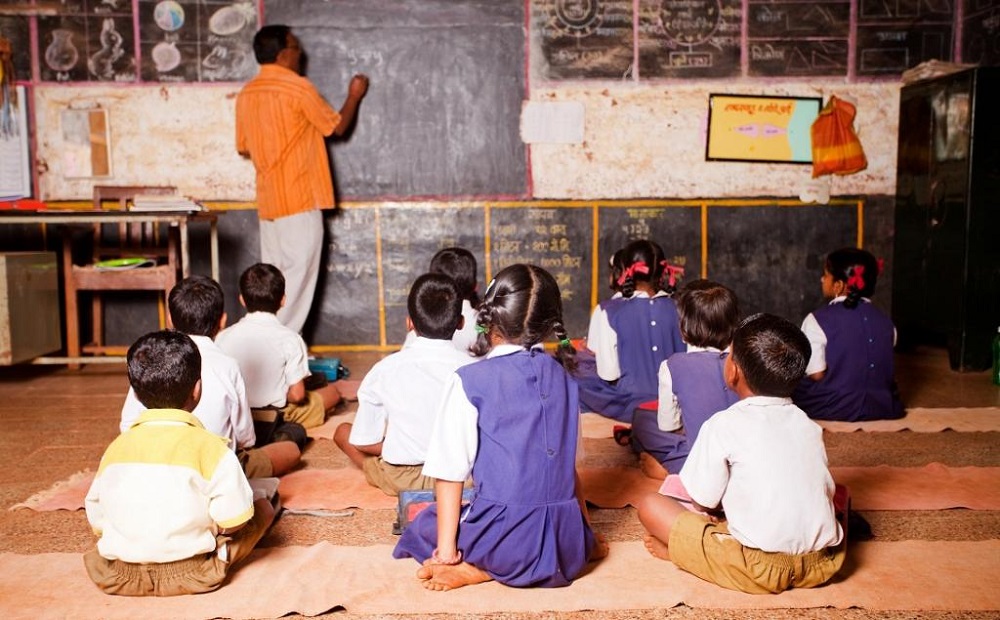Amid the challenges that disadvantaged youth face, their emotional well-being often takes a backseat. This blog of Fikrah sheds light on the critical importance of addressing mental health in underserved communities. It also explores ways to provide the necessary support, guidance, and resources for these young individuals to thrive.
The critical importance of addressing mental health in underserved communities:
1. The Hidden Struggles
Disadvantaged youth are confronted with a unique set of stressors. Ranging from economic instability to limited access to quality education. These challenges can impact their mental and emotional well-being.
2. Breaking the Stigma
Mental health is still a stigmatized topic in many communities. Initiatives that aim to break down these barriers by fostering open conversations and promoting awareness are essential. In creating a safe space for youth to discuss their emotions.
3. Access to Resources
Limited access to mental health resources is a recurring issue for disadvantaged youth. Community-based programs, counseling services, and helplines can bridge this gap. They can also provide a lifeline for those in need.
4. Early Intervention for Lifelong Resilience
Supporting emotional well-being begins in childhood. Early intervention programs that teach coping mechanisms, emotional regulation, and stress management equip disadvantaged youth with lifelong tools to navigate challenges.
5. School-Based Mental Health Services
Schools play a vital role in promoting mental health. Integrating mental health services within schools ensures that youth have a safe and accessible space. To seek guidance and support.
6. Empowerment Through Expression
Art therapy, journaling, and creative outlets offer disadvantaged youth a means of expressing their feelings. Also for processing their experiences, fostering emotional growth and healing.
7. Building Supportive Communities
Creating supportive communities is crucial for mental health. Mentorship programs, peer support groups, and community events that encourage interaction and connection help youth feel understood and valued.
8. Holistic Approach to Well-being
Addressing mental health goes hand in hand with physical health and education. Holistic initiatives that combine mental health education, physical activities, and nutritional support create a well-rounded approach to well-being.
Click here to know more about “Why Mental Health is important for students?”
Conclusion:
Prioritizing mental health in disadvantaged youth is not about addressing emotional struggles; it’s about investing in their potential and resilience. By creating safe spaces, breaking down stigmas, and offering tangible resources, we can empower these young individuals to overcome challenges, develop strong emotional foundations, and embark on paths of success.
Supporting their emotional well-being is not just a compassionate act; it’s an investment in a brighter, healthier, and more resilient future for our communities as a whole.

